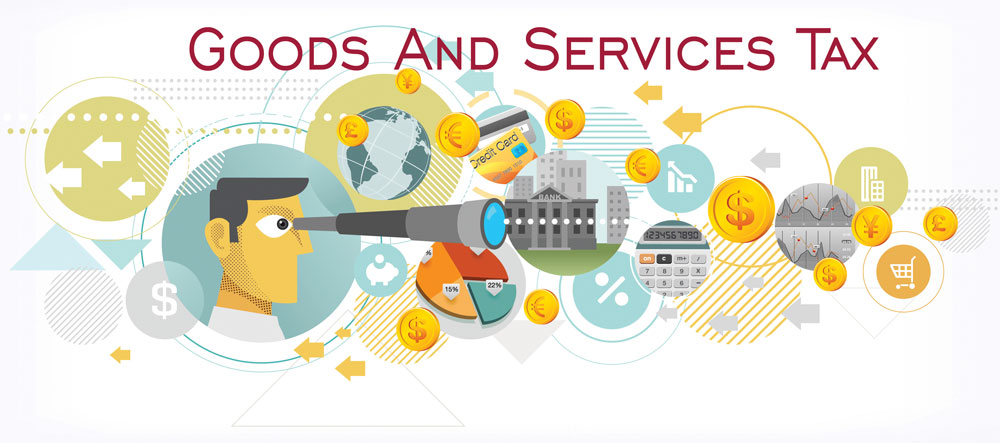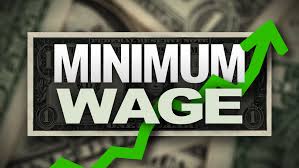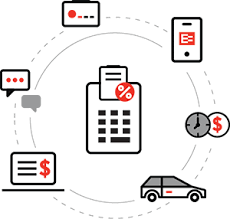
This article is designed to articulate a high-level general overview of some of the most important tax considerations for those in business and entrepreneurship. The article is not comprehensive in nature and professional advice should be sought to ensure correct application of issues mentioned where required.
Topics Covered
- Hobby or Business
- GST Threshold
- Motor Vehicle Cost limit
- GST on Motor Vehicles
- Payroll Tax
- Superannuation
- Award Rates
- Fringe Benefits Tax (FBT)
- Single Touch Payroll (STP)
- Division 7A
1. Hobby or Business
A hobby can be considered a business where a profit-making intention can be established, where profit has been made or the acts of a person show there is intent to operate as a business.
The following factors may indicate that a profit-making intention and business exist:
- Registration of a business name
- Obtaining an Australia Business Number (ABN)
- You make a profit
- Repetition of business activities
- The size or scale of the activity is parallel with the activities of other businesses in your industry
- The activity is planned, organised and executed in business like fashion.
The indicators that an activity is planned, organised and executed in business like fashion may include:
- Keeping business records and account books;
- Having a separate business bank account;
- Operation from business premises; and
- In possession of licences and qualifications.
Worth noting is that an activity can begin its life as a hobby and morph into a business. An example is where an individual acquires an SLR Digital camera and proceeds to take photos at events and posts such photos on social media. Such photos receive praise from their viewers and the individual realises they have a natural flare and affinity for photography. They are encouraged to start a business. The individual decides to do just that and begins to plan. From this instant, it could be established the individual has left the territory of photography being a hobby to the pursuit of photography as a business.
Where the hobby has become a business and the activity is generating a loss, you may be able to offset the business loss against your salary and wage income for tax purposes subject to meeting the non-commercial business loss tests. The non-commercial business loss tests are complex and discussion thereof is outside the bounds of this article. You should seek the advice of a qualified tax agent in this regard before applying such tests.

2. GST Threshold
The Goods and Service Tax (GST) is a tax payable by the end consumer (other than businesses not registered for GST). Businesses with turnover in excess of $75,000 must register for GST.
Not for profit organisations which provide products or services must charge GST where their turnover is greater than $150,000.
Some businesses are GST exempt, such as those providing medical services and do not need to register for GST. This means they do not include GST in the fees they charge their patients.
However, registering for GST allows such businesses to claim GST credits on items and services they use to conduct their business.

3. Motor Vehicle Cost Limit
As per the Australian Taxation Office’s definition, a motor vehicle means a motor-powered road vehicle and does not include a road vehicle where the following apply:
- The main function of the vehicle is not related to public road use; and
- The vehicle’s ability to travel on a public road is secondary to its main functions.
Examples of vehicles meeting the above definition include but are not limited to:
- Trucks, tractors and earth moving equipment.
Vehicles purchased are subject to a Motor Vehicle cost limit of $57,581 for the 2019/2020 financial year. This means vehicles purchased above this limit will have deductions, which may cover numerous years, limited to the above-mentioned figure.
This figure is regularly indexed and should be checked each year by referring to ATO guidelines.

4. GST on Motor Vehicle Cost Limit
If your business is registered for GST, you may be eligible to claim GST credits equal to one eleventh of the Motor Vehicle cost limit.
This usually translates to $5,234.
Other business assets are not subject to this limit and therefore the full GST credits applicable can be claimed.

5. Payroll Tax
Payroll tax is payable by employers where their payroll exceeds either a monthly or annual threshold provided by each Australian state and territory.
The website below mentions the payroll tax thresholds and percentage rates applicable for each state and territory.
https://www.payrolltax.gov.au/harmonisation/payroll-tax-rates-and-thresholds

6. Superannuation
Superannuation is required to be paid for each employee where that employee earns $450 or more per calendar month.
The minimum superannuation payable is an additional 10.00% of the wage or salary paid. This should be stipulated in the contract with the employee. Generally, employers combine the salary, wages and superannuation as a total remuneration package offered to their employees.
See link below for table of rates and years to which they apply.
https://www.ato.gov.au/rates/key–superannuation-rates-and-thresholds/?page=22

7. Award Rates
Certain employee pay is subject to minimum pay rates prescribed by Fair Work Australia. Paying employees in industries such as the hospitality industry below these rates is illegal. To determine the applicable rates for your employees based on the industry in which you operate, navigate to the below mentioned link and search for your industry.

8. Fringe Benefits Tax (FBT)
Fringe benefits tax is payable at a rate of 47% by employers on benefits provided to employees or the employees associates. This is the case even if the benefit is being provided by an external provider under an agreement with the employer.
These benefits could be the ability to use a company car for the employee’s private purposes or paying for an employee’s holiday. FBT is a complex area of tax and professional advice should be though if you are considering providing benefits to your employees.

9. Single Touch Payroll (STP)
STP is a new way to report employees’ tax and superannuation information to the ATO. This information is now reported every time a business runs its payroll. This is a standalone process to preparing the Monthly Pay As You Go Withholding statements and the monthly Business Activity Statements where applicable.
As of 30 September 2019, all businesses which employ staff must be registered for STP and report the information to the ATO.
You can navigate to the ATO website using the link below to check out the no cost or low cost platforms available to satisfy the STP reporting obligations.
https://softwaredevelopers.ato.gov.au/no-cost-and-low-cost-solutions-single-touch-payroll
When considering which provider to choose, it is important to determine if such programs integrate with other business systems to ensure a streamlined no fuss solution is implemented.

10. Division 7A
Where using a company structure in your business then you need to be cognisant of Division 7A of the 1997 Income Tax Assessment Act.
A company is a separate legal entity and stands alone from its directors and shareholders. As such, any income generated by the entity must be provided to shareholders and directors via declaration of a dividend.
Where profits in the form of drawings are taken out of the company without a dividend being declared, Division 7A is triggered and may deem this to be a dividend to which the benefit of possible attached franking credits (also known as imputation credits) is disregarded. This is a disadvantageous spot to be in. Division 7A is another complex area of taxation for which further advice should be thought.

Conclusion
As can be seen, the above information provides a broad overview of various tax considerations when operating a business. The ATO website is a good resource to use to find out more. Another great website to visit to learn more about money and business is the Australian Securities and Investment Commission’s (ASIC) Money Smart website.
